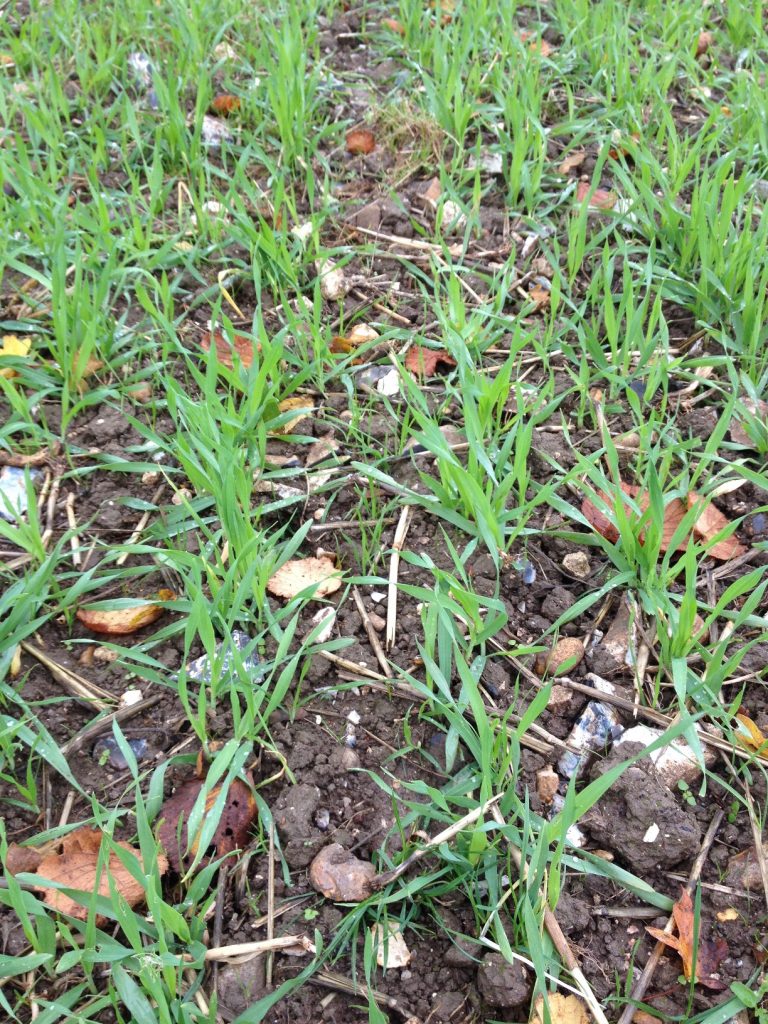Make contact with grass weeds now to improve weed control in winter wheat
22nd November 2016
Delaying spring grass weed sprays is a risky strategy for cereal growers looking for effective control of bromes and ryegrass in winter wheat.
Delaying spring grass weed sprays is a risky strategy for cereal growers looking for effective control of bromes and ryegrass in winter wheat, warns Stuart Jackson, Dow AgroSciences’ cereals herbicide expert.
“To date, the focus has been on applying residuals after autumn drilling. However, dry conditions have impaired performance in many early-sown crops and attention must shift to contact products while active growth of weeds and crops continues,” urges Mr Jackson. “If winter proves mild, target grass weeds may continue to grow, posing a serious challenge in spring.

Delaying spring grass weed sprays is a risky strategy for cereal growers looking for effective control of bromes and ryegrass in winter wheat.
“Ryegrass in particular is highly competitive and thrives in autumn-sown crops. Populations can build rapidly, leading to serious yield reduction. Minimum tillage systems seem to favour the weed, therefore attention must be paid to timely herbicide applications this side of Christmas.”
Timing is important for contact products to work effectively. Grass weeds should have 2-3 leaves with both crop and weed actively growing. Applications should be made when temperatures are above 8°C for at least a day before and two days after application, and there is no risk of overnight frost.
Tank mixing residuals with contact products in the autumn offers a ‘belt and braces’ approach especially if crops were drilled into dry soils and pre-ems gave poor control. Check the label for any restrictions, but Dow’s Broadway Star (pyroxsulam + florasulam) has an extensive tank mix compatibility. In addition, it controls a range of broad-leaved weeds, including groundsel, cranesbill, volunteer rape and volunteer beans.
“Autumn applications have consistently proved more effective than spring treatments in controlling grass weeds,” says Mr Jackson. “The weeds are smaller, soil temperatures are higher and conditions overall are more conducive to improved control.
“Additionally, in spring, weather and crop growth stage often lead to situations where tank mixing a residual with the contact herbicide is no longer an option. This means that growers faced with much larger grass weeds are relying on a single mode of action. It’s not surprising that the results are sometimes disappointing. It also increases selection pressure for resistant weeds.”
